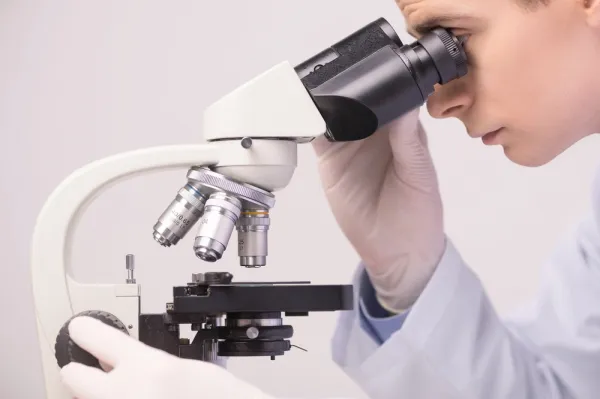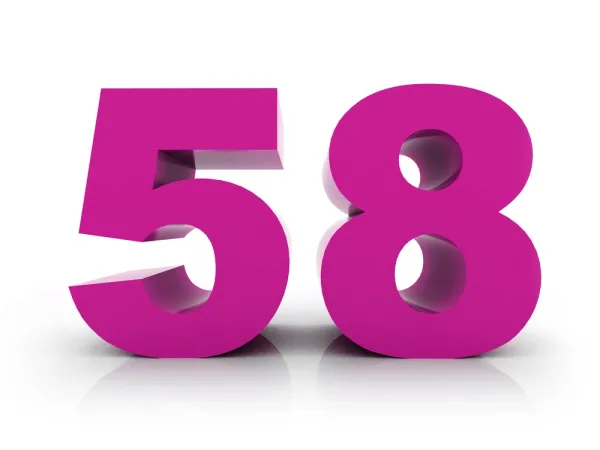Selecting Biopsy Codes For Every Path Sample Removal? Think Again

Question: Our oral surgeon recently removed a lesion from the vestibule of the mouth through surgical excision. The documentation mentioned the procedure as “excisional biopsy.” The lesion was removed entirely and sent to the lab for studies. I am confused whether to report the procedure as an excision or as a biopsy.
New York Subscriber
Answer: When your oral surgeon performs a removal of a lesion to send to the lab for pathological studies, you should know when to report a biopsy and when to report an excision code. This depends on the extent of the lesion that your clinician removed and not on whether or not the tissue was sent to the lab for further pathological studies.
If your surgeon removed the lesion in total along with some additional healthy tissue, then he has performed an excision. In such a case, you will be reporting the procedure with an excision code and not a biopsy code.
On the other hand, if your clinician only removed a part of the lesion and the sample was sent for pathological studies, you will report the procedure with a biopsy code. Since only a sample of the lesion was removed, you cannot report an excision code.
In your case scenario, since the documentation described the procedure as “excisional biopsy,” your surgeon performed an excision removing the lesion totally. So, you will have to report an excision code and not a biopsy code. So, in this instance, you will have to report the procedure depending on the type of repair that your clinician performed during the procedure.
The four codes that you have depending on the repair that your clinician performed include:
Coding tip: If documentation is not clear on whether your clinician has performed a biopsy or an excision of the lesion, query your surgeon to check if the lesion was removed in total or was only removed partially. For a biopsy of a lesion in the vestibule of the mouth, you will have to report 40808 (Biopsy, vestibule of mouth).




